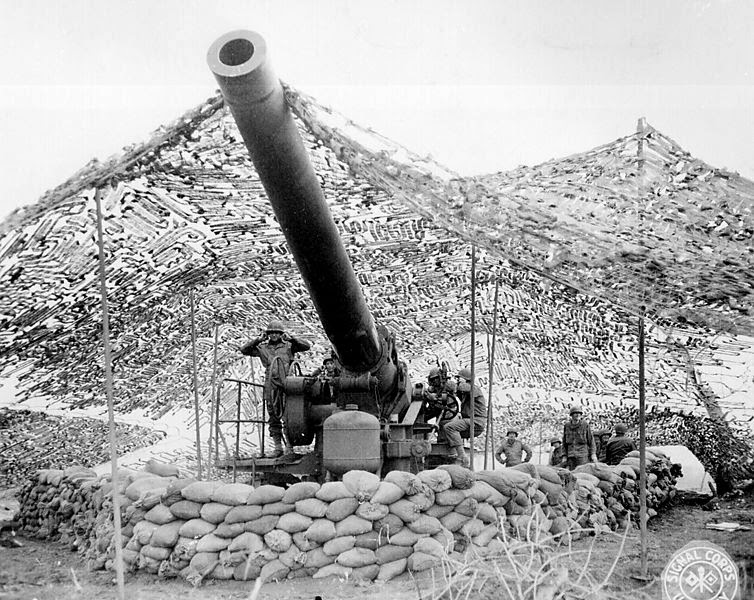 |
| Poster Encouraging Women |
| Rosie the Riveter Poster |
Almost all of us have heard of “Rosie the Riveter” who was a
fictional icon the government used to promote the war effort and to encourage
women to step up and take the place of the male workers who had joined the
military. Among the many posters that encouraged all people to do their part, a poster that later became known as “Rosie the Riveter” depicted a
woman flexing her muscle and saying “We can do it!”
A very real woman named Rose Kaminski lived in Milwaukee and
had been a housewife and mom until Pearl Harbor was attacked and her husband
went to war. Her name may have been Rose, but she wasn’t a riveter. She
actually learned how to operate a crane. She’d first began doing her part with a
factory job, which she found boring and tedious. When the crane operating job
came up, she applied, and within three weeks she found herself sitting atop a very high crane lifting parts up, over and down into the Howitzer gun barrels the company made for huge guns like the one in the
picture.
 |
| WWII Howitzer |
| Ad for Victory Garden Supplies |
Everyone was of a like-mind that for the country to win the
war, everyone had to do their part. No job was unimportant, whether it was replacing
the men on the job, growing victory gardens, collecting scrap iron that could
be melted down and turned into weapons, driving on bald tires, and doing without
in many other ways.
Most everyone, except for those who were kids during World
War II, have passed on now. I wish I’d asked my parents more questions about
what life was like during WWII on the home front.
What about you? Do you have artifacts from relatives who either fought in the war or stayed home and helped the war effort in other ways?
What about you? Do you have artifacts from relatives who either fought in the war or stayed home and helped the war effort in other ways?
A
native of Lake Geneva, Wisconsin, author Pamela S. Meyers lives in suburban
Chicago, an hour's drive away from her hometown which she visits often to dig
into its historical legacy. Her novels include Thyme for Love, and Love
Will Find a Way, contemporary romantic mysteries and her 1933
historical romance, Love Finds You in Lake Geneva,Wisconsin, released in
April, 2013. She can often be found speaking at events around Lake Geneva or
nosing in microfilms and historical records about Wisconsin and other Midwestern
spots for new story ideas.


I live in S. California and visiting the Rosie the Riveter NHS is on our bucket list. It's in the San Francisco area, I believe. Thanks for your post. sm wileygreen1(at)yahoo(dot)com
ReplyDeleteHello Pamela. Yes, I remember WW ll very well I was from 9 to 11 when we were living in Houston, TX. so my dad could go to work in the shipyard. He said their was also a woman welder working with his bunch. My mom didn't get a g-regular job since she had a big family to tend. But, she and most all ladies did whatever was needed that they could do for the war needs. I remember how all of the people pulled together to help. Not always complaining like so many do now. My sisters helped entertain at the USO. And, mother usually had 4 or 5 servicemen for Sunday dinner. My brother was a medic and on leave, he brought me a Medical symbol and mother made me a white dress and sewed it in the top center. I still have it after all these years. I also have a old letter written by a friend of the family who had written to my grandmother. Maxie mac262(at)me(dot)com
ReplyDelete